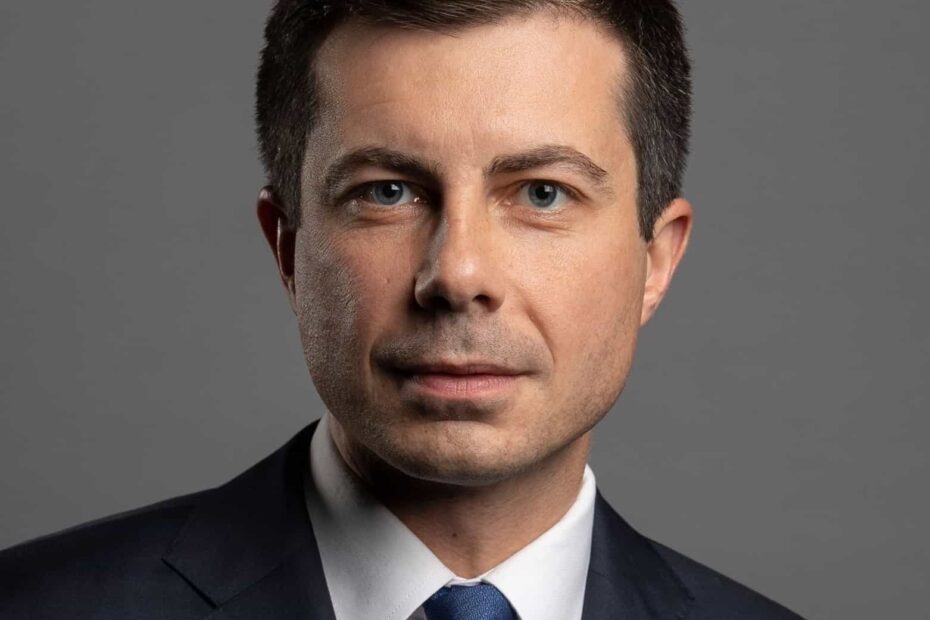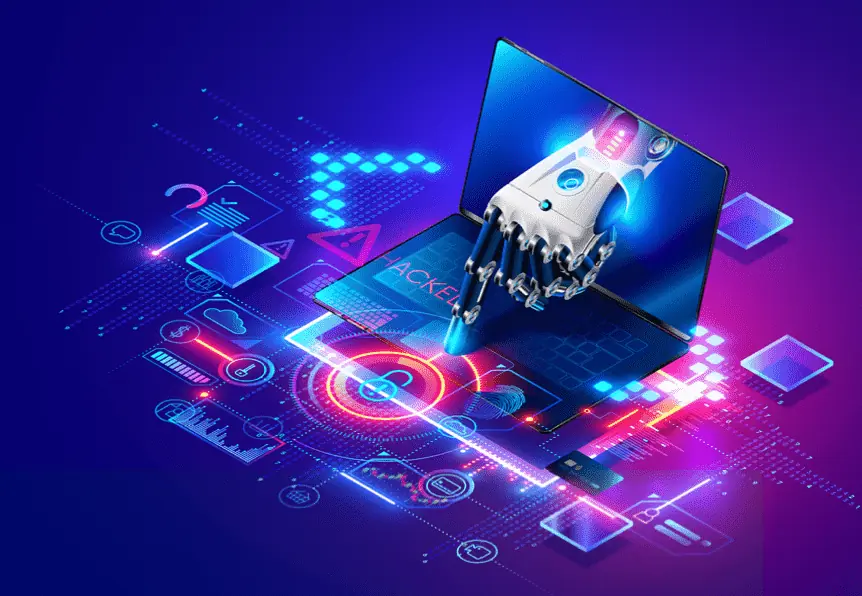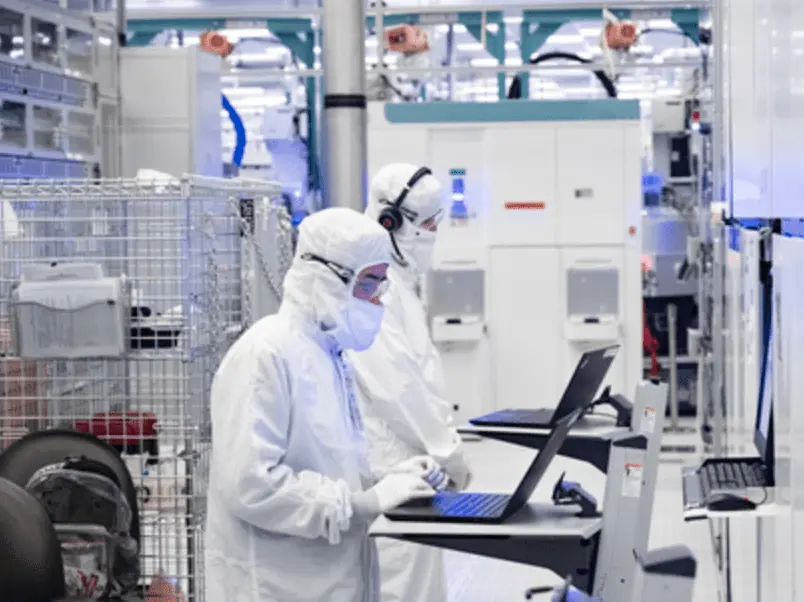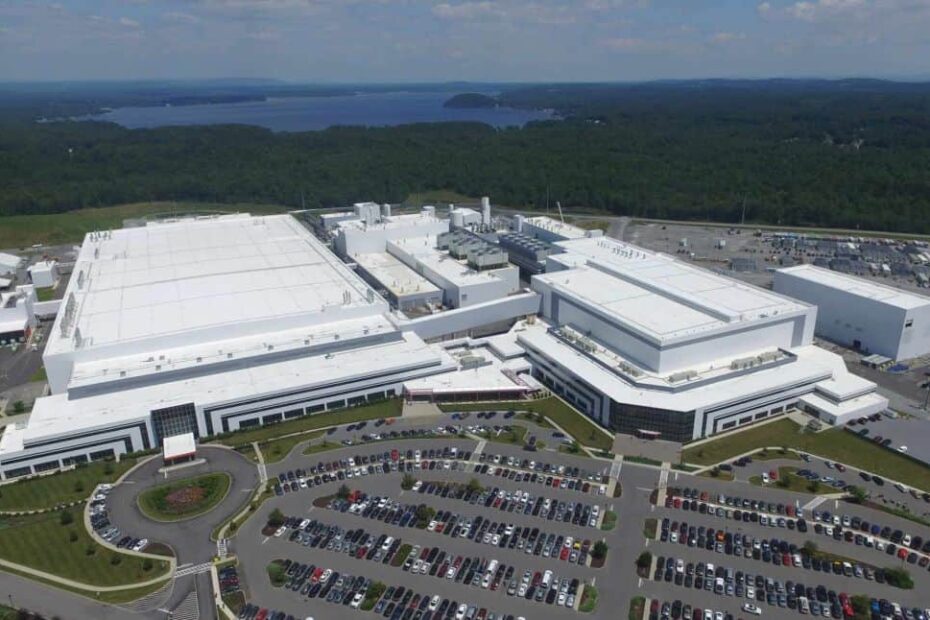Prophesee’s Big Three: Sony, Qualcomm and Smartphones
What’s at stake:
The successful rollout of breakthrough technologies is often the raison d’être of startups. Yet, the more unfamiliar the technology, the tougher for a fledgling startup to get the world on board. So it has gone for Prophesee. Prophesee, nonetheless, is on the cusp of turning its event-based image sensor into mainstream image-capture features for smartphone cameras. The startup owes this progress to its two big partners. Sony put Prophesee through the wringer, forcing it to meet its stringent milestone schedule for event-based CMOS image sensor development. A new alliance with Qualcomm provides its Snapdragon platform to run Prophesee’s fusion software.
By teaming with Sony, the world’s largest CMOS image sensor company, and Qualcomm, which commands a 50-percent share of the mobile SoC market, Prophesee, a Paris-based startup, is finally finding a massive volume market for its unique event-based cameras in smartphones.
Read More »Prophesee’s Big Three: Sony, Qualcomm and Smartphones








